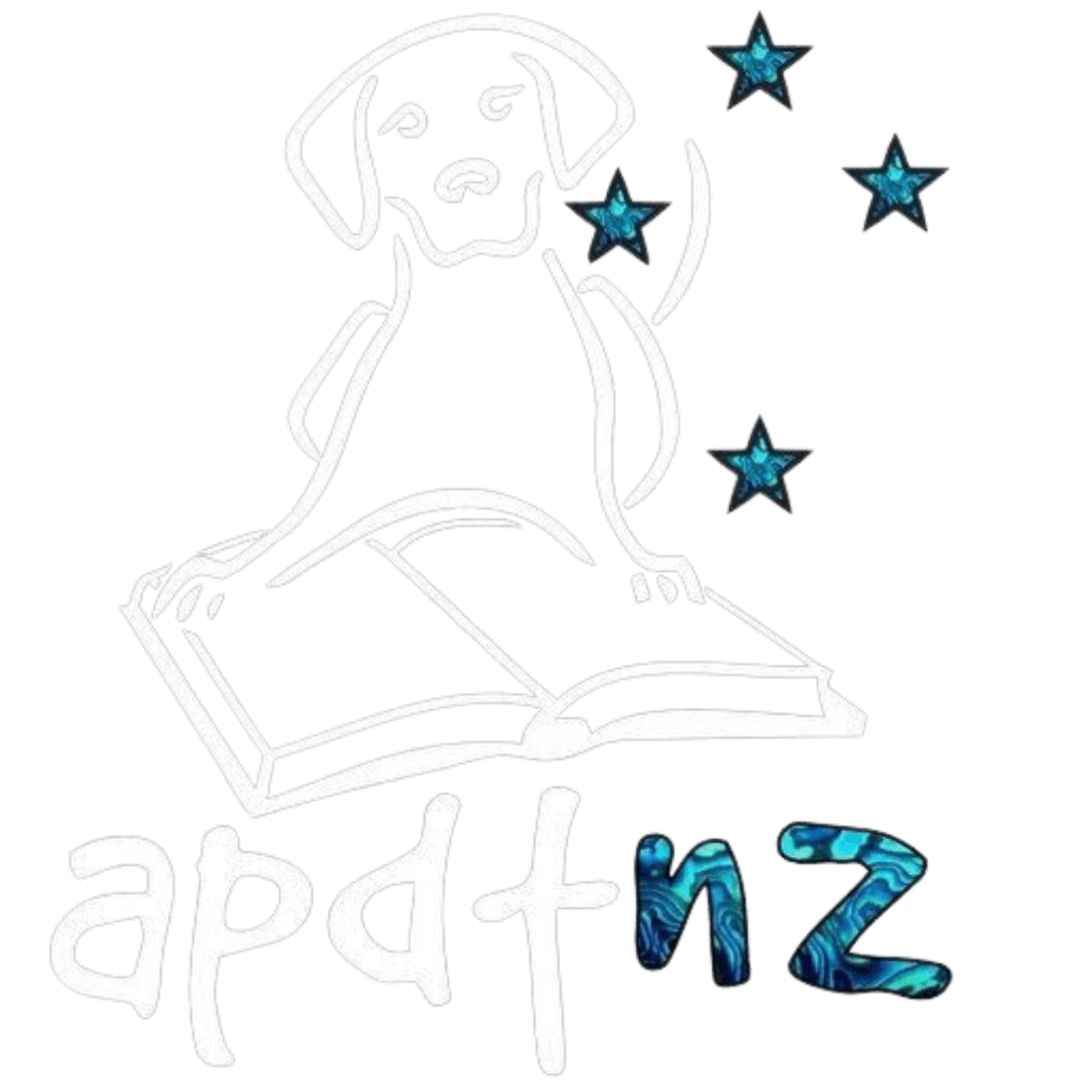Cooking food
Applying heat to any food distorts its structure and nutritional value. We recommend feeding raw uncooked meat and bones as the primary diet. Cooking food feels good, however, dogs and cats are designed to eat a raw diet of meat, meaty bones, organs and offal. A raw natural diet for dogs involves presenting the food as close to it’s natural form as possible. No one cooks for wolves or other carnivorous predators so why would dogs need otherwise? Cooking bones is an ABSOLUTE no go. Raw food for dogs is biologically appropriate and directly reflects in their health and condition
OMISSION OF ORGANS AND SUPPLEMENTARY FOOD MATTER
Dogs needs a mixture of proteins, bones and organ matter to meet all dietary needs. Liver, tripe, chicken feet and muscle meats all provide specific nutritional needs for your dog. Feeding chicken frames alone is NOT ENOUGH for your dog, a complete RAW diet needs more. Wild predators such as wolves will consume the organs, fur, stomach lining and all the yucky bits that contain nutrient dense properties.
TOO MUCH BONE
Bones are vital for a dog’s physical and mental health and is a MUST for any raw diet for dogs. Overfeeding bone on the other hand can cause issues such as constipation and compacted gut. Beware of pet mince that has bone minced up as you cannot gauge how much bone content you are feeding. Besides this, the act of tearing, chewing and crunching bones is vital for mouth hygiene, jaw strength, mental stimulation, stress relief and teething.
FEEDING THE SAME FOOD DAILY
Feeding only one source of food may cause a nutritional imbalance or deficiency. Ensure you rotate food sources regularly.
OVERFEEDING
Dogs are equipped with powerful-hinged jaws along with canines and triangular carnassial teeth for the ripping and tearing of flesh and crushing bone. Their teeth are not designed for grinding plant material nor do they have a four-chamber stomach for the slow digestion and fermentation of complex carbohydrates (starches from plants and grains), as do cows and sheep. Canines have large stomachs, short digestive tracts and very small cecum, indicative of consuming large amounts of high protein food in a short time period and for fast digestion and rapid absorption of nutrients. In the wild, these canines could typically go many days between their meals.



